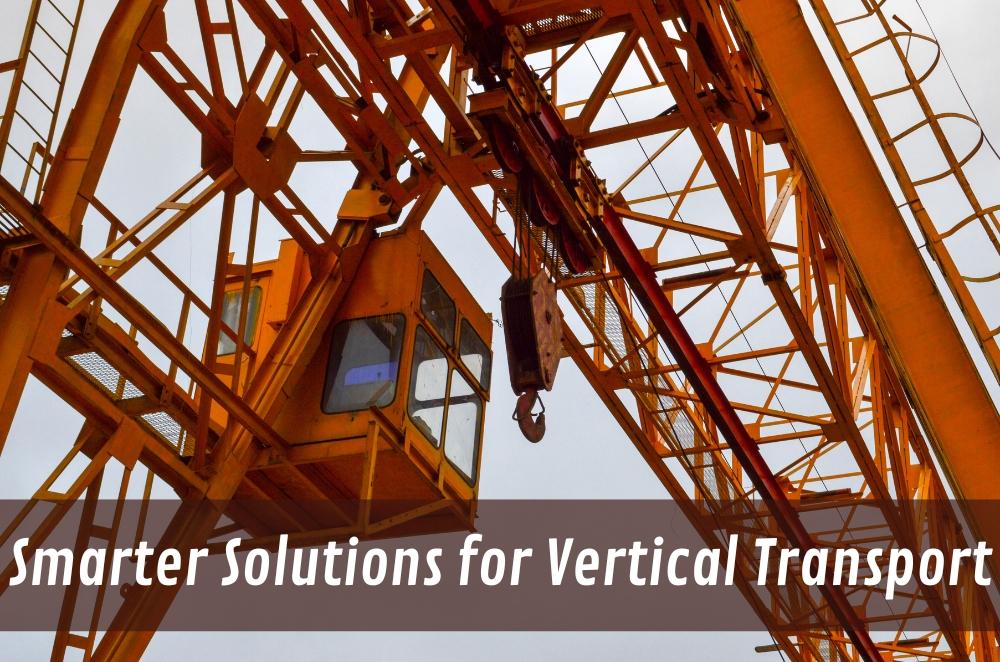Smarter Solutions for Vertical Transport

When it comes to efficiency on construction sites, reliable vertical transport can make or break productivity. Crews working on multi-storey projects need equipment that saves time, boosts safety, and keeps materials flowing without delays. That’s where construction hoist solutions step in, providing a practical way to move heavy loads up and down quickly. Instead of relying on manual handling or improvised lifts, these systems deliver structured, safe, and consistent workflows. They’re not just about convenience either — reducing strain on workers means fewer injuries and better compliance with WHS expectations. In the current building climate, smarter equipment decisions directly influence program certainty and margins.
How does a material hoist improve site safety?
A material hoist improves site safety by reducing manual handling and controlling lift paths. It cuts strain injuries and dropped-load risks.
Mechanised lifting keeps people out of harm’s way with predictable movements, exclusion zones, and repeatable loading.
On-site gains
-
Fewer musculoskeletal injuries
-
Clearer walkways and stairs
-
Consistent lifts in poor weather
-
Easier audits via tagged equipment
How does material hoist hire shorten project timelines?
Material hoist hire shortens timelines by removing vertical-movement bottlenecks. Predictable lifts keep trades sequenced and productive.
Bottlenecks start when teams queue for ad-hoc lifts or carry loads by hand. A dedicated hoist supports just-in-time deliveries and tighter takt planning, reducing idle labour and rework. Universities studying construction logistics consistently link dependable materials flow to schedule certainty.
Practical scheduling tips
-
Allocate lift windows per trade
-
Pre-stage and label loads
-
Radio confirmations at landings
-
Log cycles to spot delays
Is it better to hire or buy a material hoist?
Hire suits for short to medium projects; buying fits high utilisation and long-term use. Hiring preserves cash and shifts maintenance and compliance to the provider.
Ownership offers control but brings inspections, parts, and storage. Hire lets you scale capacity between jobs and swap models to match site constraints. Asset-management principles and construction finance research point to aligning capex with utilisation, risk, and program volatility. If utilisation varies month-to-month, the total cost of ownership usually favours hire.
Do I need a licence to operate a material hoist?
Most sites require trained operators and documented competency. High-risk licence needs depend on the model and jurisdiction.
Confirm local WHS rules, site inductions, and the manufacturer’s manual. Many projects mandate lift plans, exclusion zones, and spotters during loading. Keeping a training register and daily pre-start checklists helps demonstrate compliance during audits and toolbox talks.
What capacity can construction hoists handle?
Capacities vary by model and mast configuration. Many materials hoists lift several hundred kilograms to over a tonne.
Choose capacity for the heaviest routine load plus rigging and containers. Consider platform dimensions, travel speed, tie-in spacing, and landing gates to keep cycles safe and efficient. Where loads are irregular, plan separate lifts rather than over-stacking.
Conclusion
Material hoists are straightforward problem-solvers. They lift safely, protect schedules, and give projects the flexibility to scale gear to the task. They also cut manual handling injuries and trim capex and maintenance when hired. For local context and setup specifics, material hoist hire in Sydney provides practical considerations aligned with WHS expectations, including licence requirements, exclusion zones, and pre-start checks.






